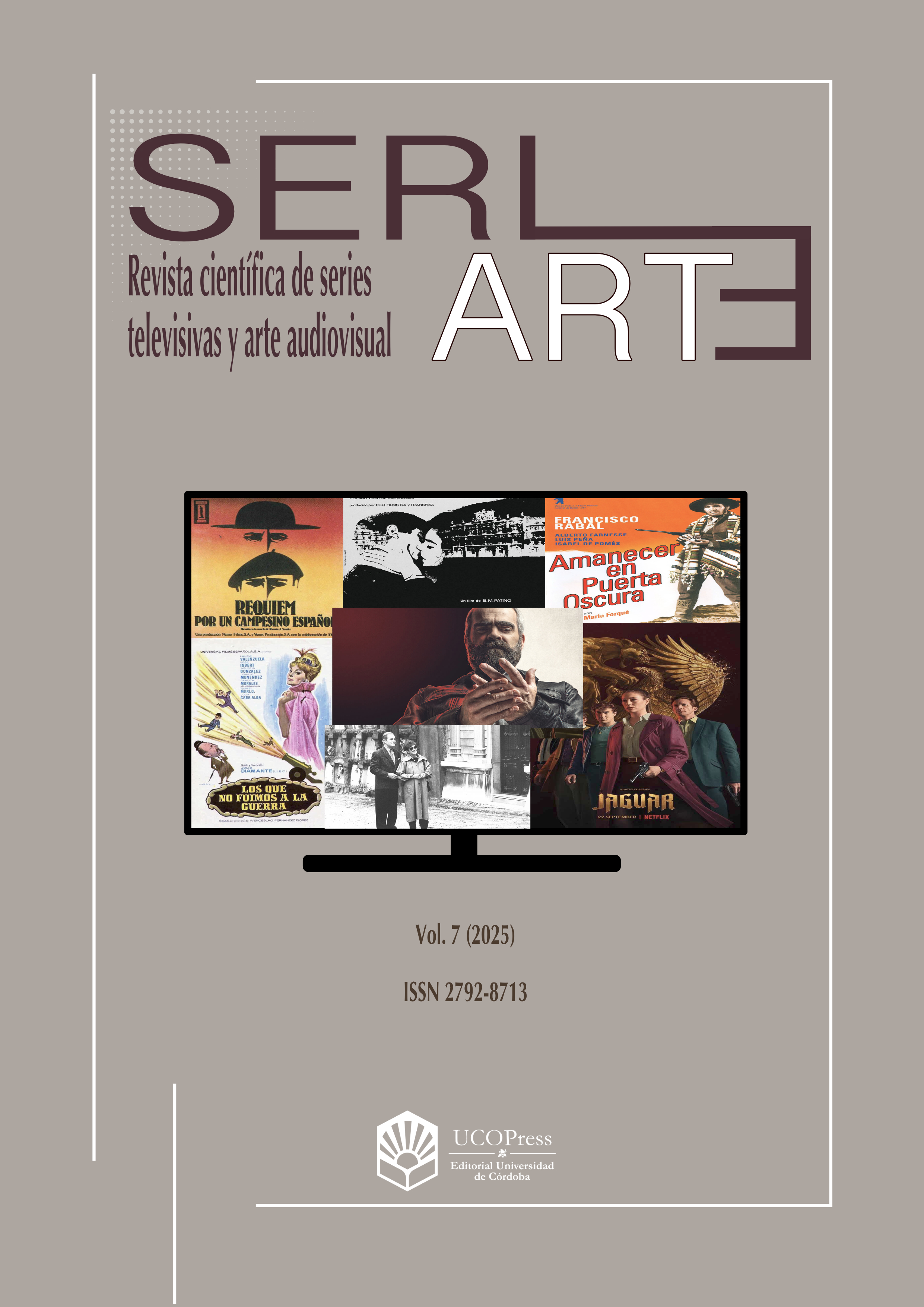The Contemporary Representation of Hunting Nazis and the Case of the Spanish Series "Jaguar"
Main Article Content
Abstract
In the age of digital content, films and series that present a fragment of history play an important role in the formation of national and sometimes international historical memory. In most cases, these works tell us about historical events or characters about which the viewer has generally had less information until watching them. These works are recently or previously made films and series that are now available on streaming platforms. The aim of my article is to demonstrate how the hunt for Nazis is represented in current feature films and series, and to examine a specific Spanish case through the six-episode series Jaguar (Bambú Producciones, 2021), based on real events, which tells the story of a secret group that tries to capture Nazis who arrived in Spain during Franco's dictatorship.
Downloads
Publication Facts
Reviewer profiles N/A
Author statements
Indexed in
- Publisher
- Ucopress. Cordoba University Press
Article Details

This work is licensed under a Creative Commons Attribution-NonCommercial-NoDerivatives 4.0 International License.
References
ARENDT, Hannah (1963), «Eichmann in Jerusalem. A Report on the Banality of Evil», New York: Viking Press.
GOÑI, Uki (2002), «The Real Odessa. How Perón Brought the Nazi War Criminals to Argentina», London – New York: Granta Books.
GRANDES, Almudena (2017), «Los pacientes del doctor García», Barcelona: Tusquets.
HIERRO, Pablo del (2022), «The Neofascist Network and Madrid, 1945–1953: From City of Refuge to Transnational Hub and Centre of Operations», Contemporary European History, 31(2), pp. 171-194. https://doi.org/10.1017/S0960777321000114 DOI: https://doi.org/10.1017/S0960777321000114
Hunters: Jewish groups criticise Holocaust portrayal in Amazon show. (2020, 24 de febrero). BBC News. https://www.bbc.com/news/world-europe-51606389 (fecha de consulta: 7-7-2024).
ITO, Robert (2023), «David Weil on Hunting Nazis as a Collective Catharsis», New York Times, 12 de enero, https://www.nytimes.com/2023/01/12/arts/television/hunters-david-weil-season-2.html (fecha de consulta: 7-7-2024)
JACOBSEN, Annie (2014), «Operation Paperclip: the Secret Intelligence Program to Bring Nazi Scientists to America», New York: Little, Brown and Company.
KULISH, Nicholas y MEKHENNET, Souad (2014), «The Eternal Nazi. From Mauthausen to Cairo, the Relentless Pursuit of SS Doctor Aribert Heim», New York: Doubleday.
LÉNÁRT, András (2022), «Franco’s Choice. The Reevaluation of Spain’s Neutrality and Non-Belligerence During the Second World War», Studia Historyczne, 63(1), pp. 61-74. https://doi.org/10.12797/SH.63.2020.01.04 DOI: https://doi.org/10.12797/SH.63.2020.01.04
LÉNÁRT, András (2023), «Approaches to Crime and Punishment in a Historical Context: Roman Polanski’s Death and the Maiden», Studies in Eastern European Cinema, 14(3), pp. 267-279. https://doi.org/10.1080/2040350X.2022.2141967 DOI: https://doi.org/10.1080/2040350X.2022.2141967
MÉNDEZ, Marcos (2021), «Jaguar, los nazis y la memoria histórica como base del entretenimiento», verTele!, 27 de septiembre, https://www.eldiario.es/vertele/entrevistas/netflix-jaguar-ramon-campos-gema-r-neira-nazis-memoria-historica-entretenimiento-reflexion-espana-franquismo_1_8307977.html (fecha de consulta: 7-7-2024)
MESSENGER, David A. (2018), «La caza de nazis en la España de Franco», Madrid: Alianza Editorial.
PORTERO, José Manuel (2021), «Nazis en la Costa del Sol», Córdoba: Almuzara.
RODRÍGUEZ DE GASPAR, Francisco José (2021), «Otto Skorzeny, el nazi más peligroso en la España de Franco», Córdoba: Almuzara.
SMITH, Stuart (2018), «Otto Skorzeny. The Devil’s Disciple», London: Bloomsbury Publishing.






